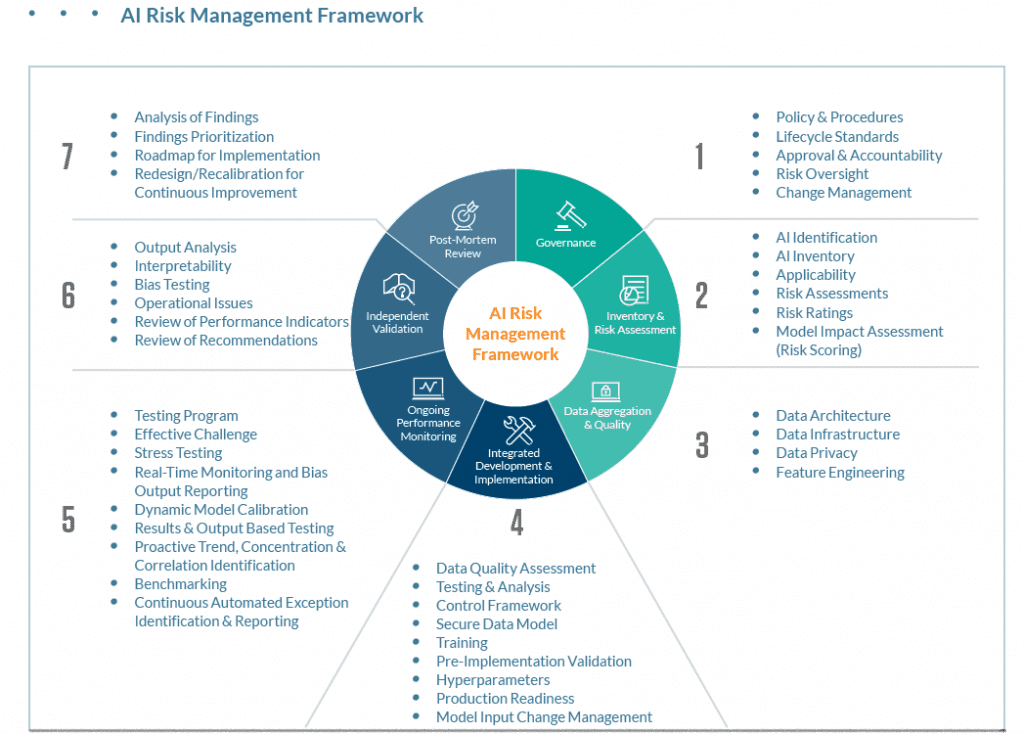MIT Researchers Released a Robust AI Governance Tool to Define ...
AI-related risks have become a significant concern for policymakers, researchers, and the general public. While extensive research has been conducted to identify and categorize these risks, there is a clear need for a unified framework to ensure consistency in terminology and clarity. The lack of standardization in classifying AI risks poses challenges for organizations in developing comprehensive risk mitigation strategies and for policymakers in enforcing effective regulations.
Developing a Unified Framework
Recognizing the need for a cohesive approach to AI governance, researchers from MIT and the University of Queensland have collaborated to create an AI Risk Repository. This repository serves as a centralized resource that consolidates 777 identified risks from 43 different taxonomies into an accessible and updatable online database. The repository is structured around two primary taxonomies: a high-level Causal Taxonomy that categorizes risks based on their causes, and a mid-level Domain Taxonomy that further classifies risks into seven main domains and 23 subdomains.

Comprehensive Classification and Analysis
The research team conducted a thorough search to classify AI risks, utilizing systematic literature reviews, citation tracking, and expert consultations to compile the AI Risk Database. The Causal Taxonomy focuses on categorizing risks by responsible entity, intent, and timing, while the Domain Taxonomy groups risks into specific domains. By aligning with the Society for Risk Analysis's definition of AI risk, the study aims to capture all potential negative outcomes associated with AI development or deployment.
Insights for Governance and Regulation
The AI Risk Database offers valuable insights for policymakers, auditors, academics, and industry professionals by providing a structured framework for understanding and addressing AI risks. The use of two comprehensive taxonomies allows for targeted analysis of specific risks related to AI system safety, socioeconomic impacts, and ethical considerations such as privacy and discrimination. By categorizing risks at different levels, the repository facilitates informed decision-making and risk mitigation efforts.
For more details, you can refer to the Paper and visit the AI Risk Repository website.




















